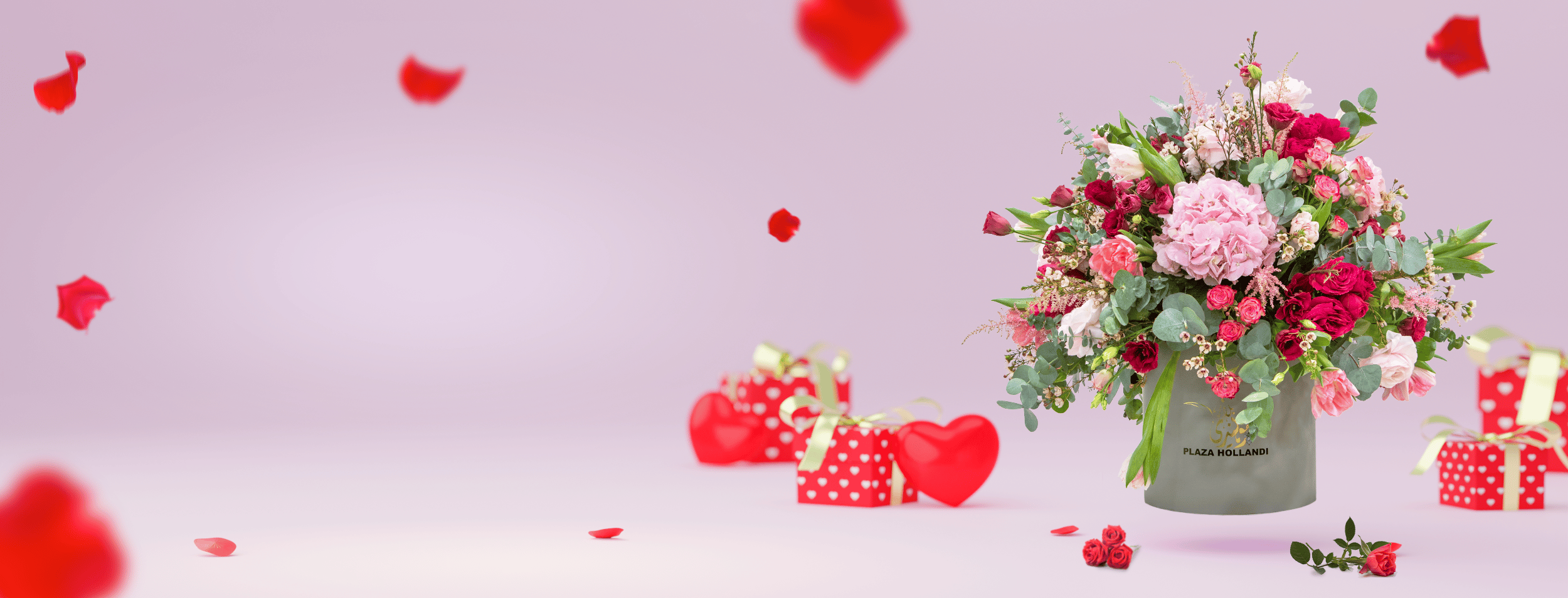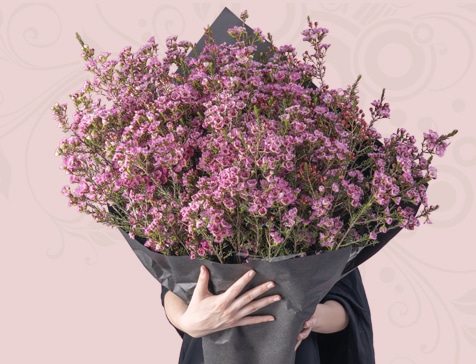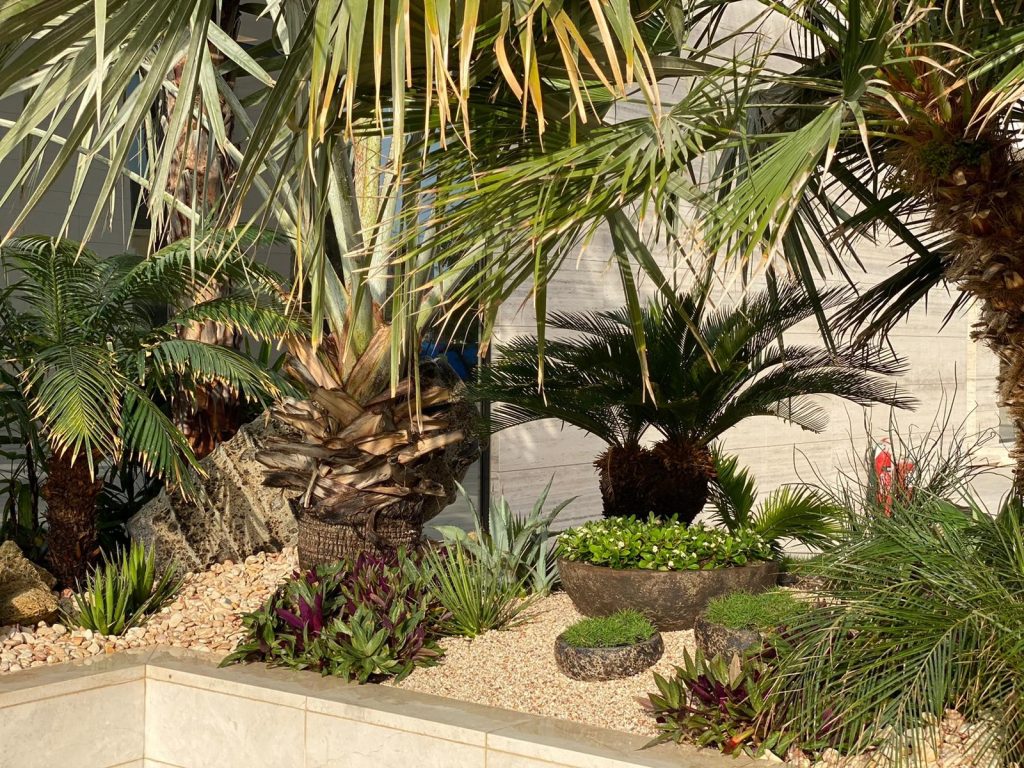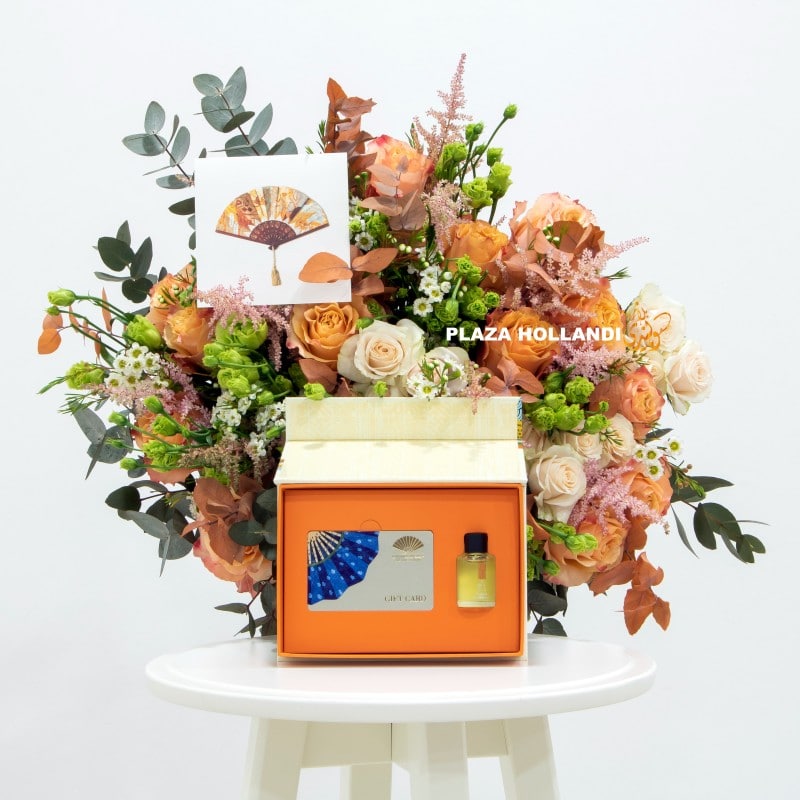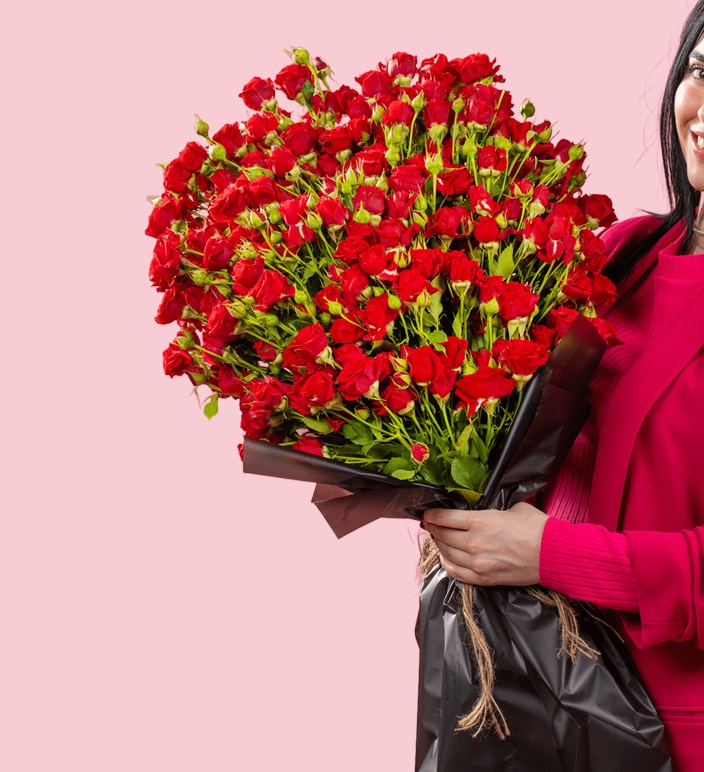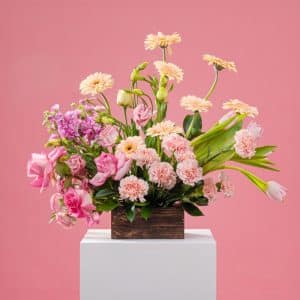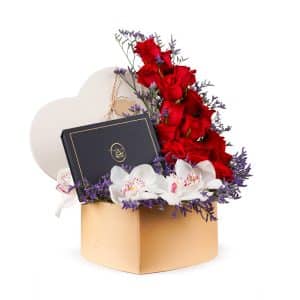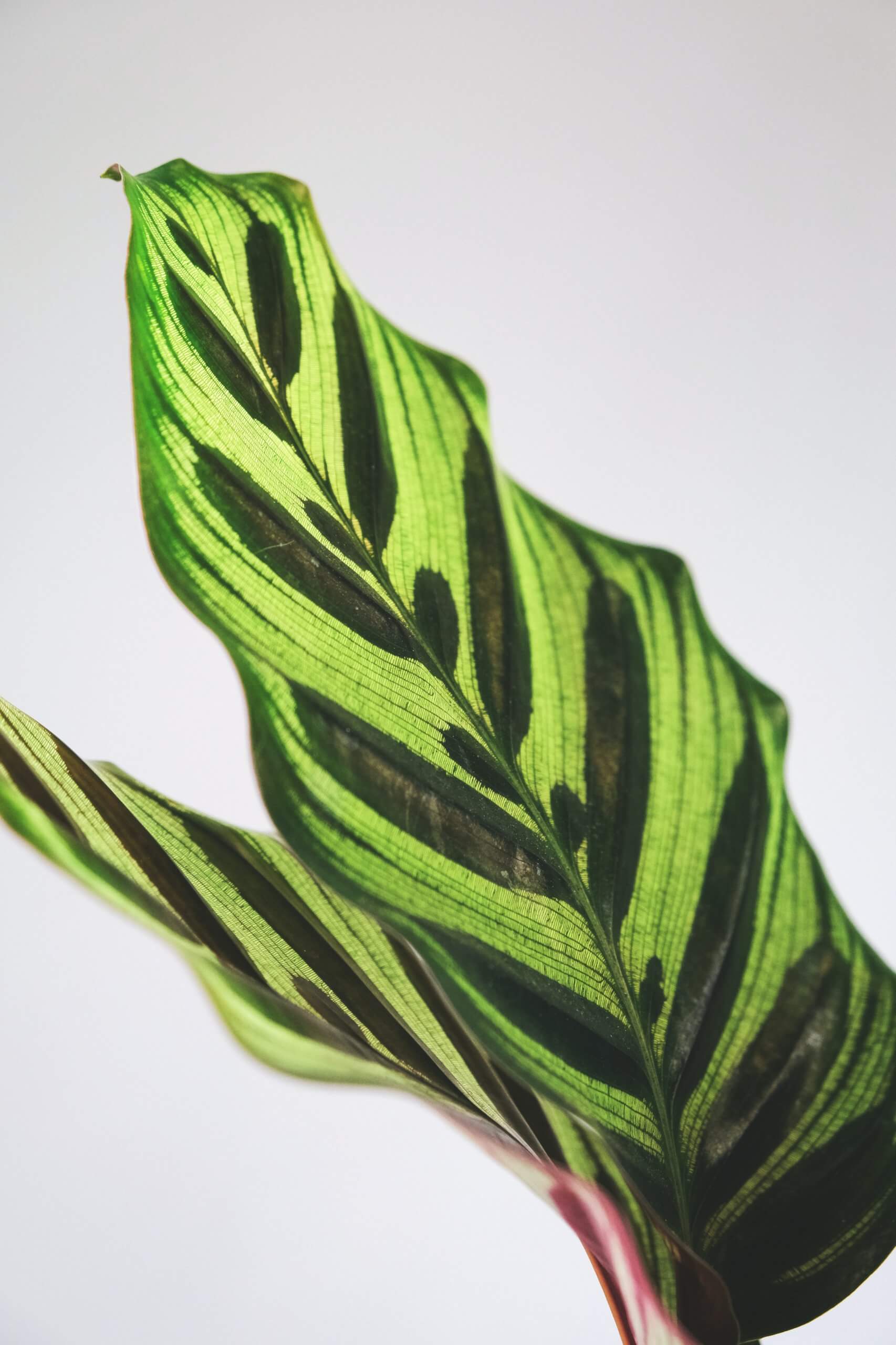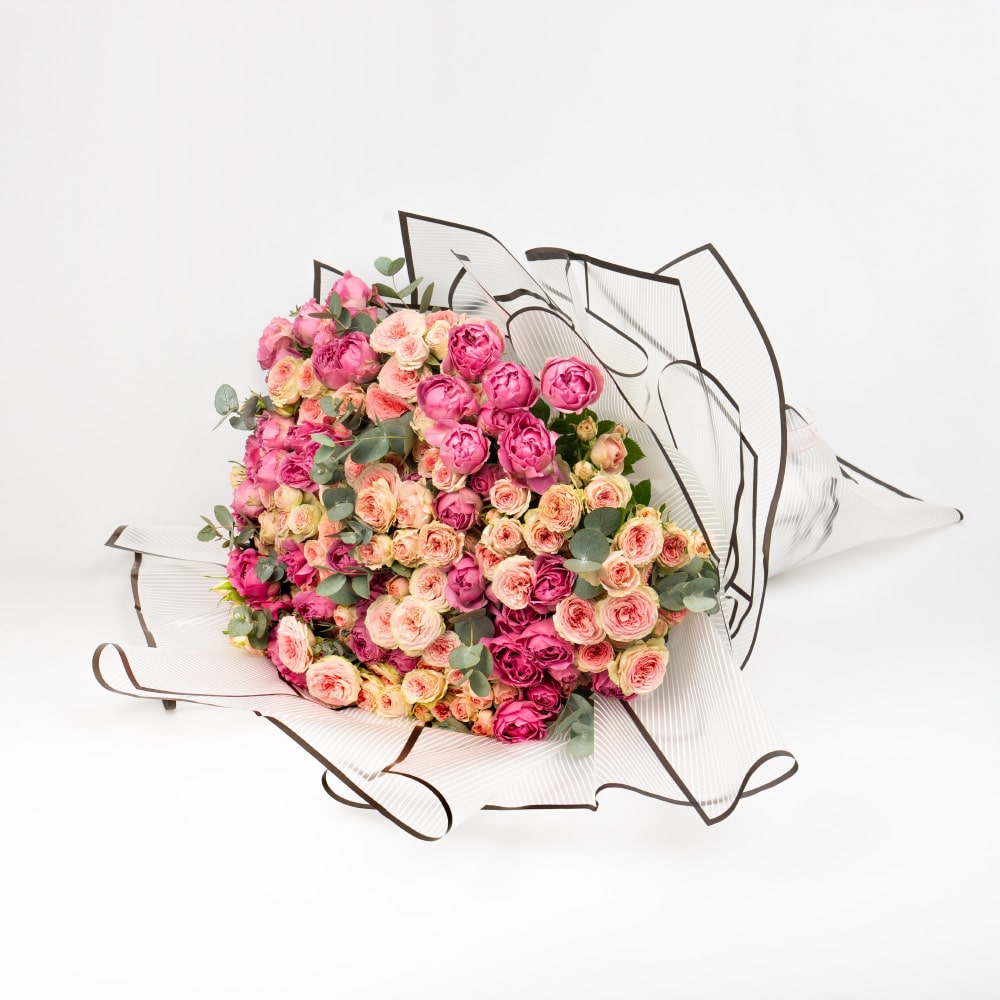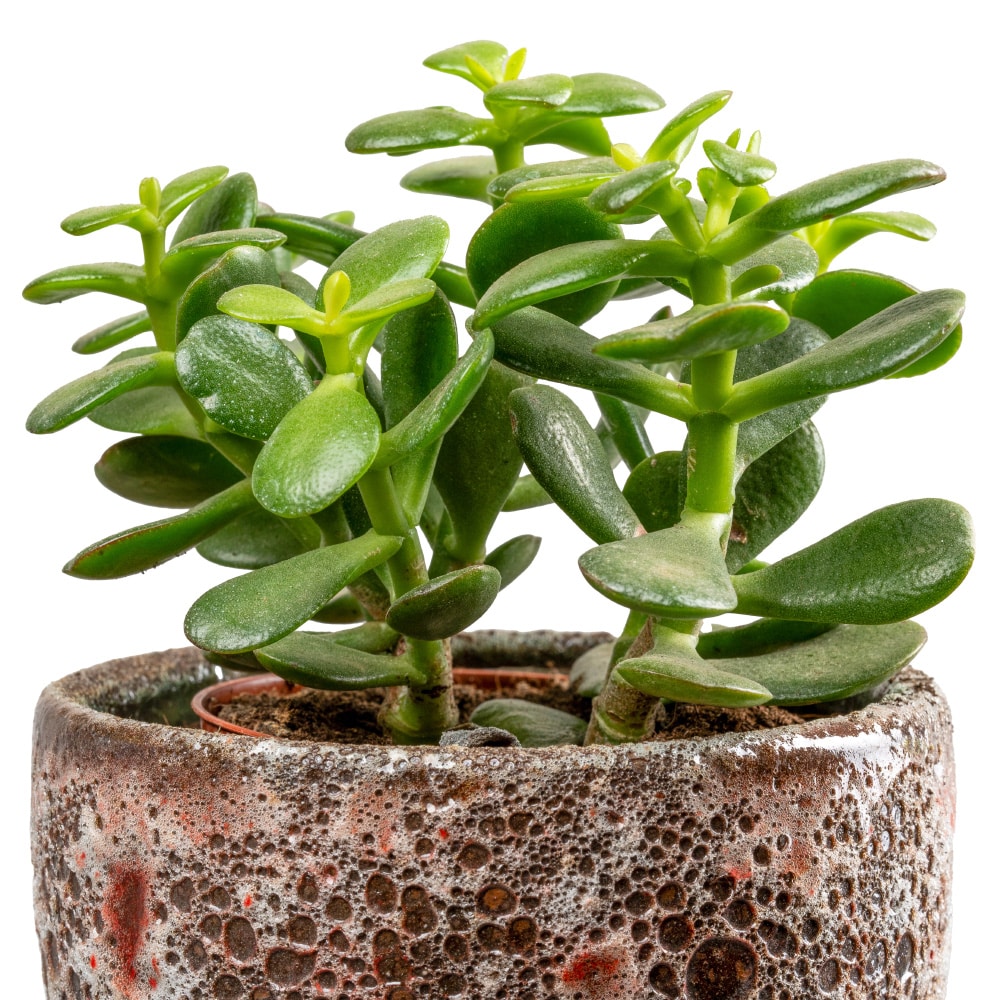Revealing the Best Blooms: A Florist’s Favorites
The world of flowers has limitless possibilities, yet certain blossoms retain a special place in a florist’s heart. Here, we look at both timeless masterpieces and undiscovered gems:
A. Timeless Treasures:
1. Roses: A symbol of love, these stunning flowers come in a variety of hues, each with a unique message. Roses, from the passionate red to the emblem of fresh beginnings (peach), have a timeless beauty that suits any event.
2. Lilies’ trumpet-shaped blossoms symbolize purity, innocence, and rebirth. Their elegant form and subtle smell make them suitable for both festive and relaxing setups.
3. Peonies are beautiful blossoms with smooth petals that represent prosperity, happiness, and good fortune. Their brief season only enhances to their charm, making them a prized find for springtime bouquets.
4. Orchids: Their exotic beauty and long-lasting blossoms symbolize power, richness, and sophisticated taste. Their delicate yet vivid look provides an air of refinement to any arrangement.
B. Beyond the Basics:
Florists are constantly on the hunt for new additions to their palette. Here are some lesser-known flowers that have captured their hearts:
1. Ranunculus: Easily mistaken for roses, these flowers have a mischievous appeal. Their tightly coiled petals unfold elegantly, displaying layer after layer of vivid color. They make a lovely addition to any bouquet, representing fresh beginnings and fortune.
2. Anemones are intriguing blossoms with a dark core and delicate petals, providing a sense of mystery and suspense. Their symbolic connotation of protection makes them a wise option, and the brilliant color palette adds an element of interest to arrangements.
3. Protea: This South African flower has a strikingly unusual look. The protea stands out with its spiky, textured head and brilliant hues. It serves as a discussion starter in any setting, representing courage and resilience.
Unveiling the Power of Colors: A Florist’s Palette
Flowers are nature’s vivid tapestry, with color playing a central part. A professional florist understands how colors affect emotions and can utilize them to create memorable bouquets.
A. A Spectrum of Emotions:
Each color carries a unique message:
1. Red symbolizes passion, love, and desire. It’s a strong statement, ideal for conveying intense feelings.
2. Blue tones bring peace and tranquility. Blue flowers, which represent peace, harmony, and trust, contribute to a tranquil atmosphere.
3. Yellow flowers represent pleasure, happiness, and friendship. They provide a pop of joy to any arrangement.
4. Purple flowers are associated with monarchy and elegance, demonstrating sophistication and inventiveness. They provide an air of refinement and mystery to bouquets.
B. Color Stories Come Alive:
Florists use color to create captivating narratives:
1. Monochromatic Magic: For a timeless effect, florists might select blossoms in a single color palette. For a romantic touch, choose gentle pink peonies, while deep purple orchids provide a sense of elegance. The minor differences within the hue family result in a refined and coherent design.
2. Bold and Beautiful: Florists may express their creativity via bold and contrasting color choices. Consider blazing red roses coupled with cheerful yellow sunflowers, or gentle blue hydrangeas with orange lilies. These daring combinations result in a stunning arrangement that is sure to draw attention.Florists use the language of colors to convert simple blossoms into emotive messages. So, the next time you select flowers, think about the message you want to communicate. With the help of a florist, you may employ color to create a memorable arrangement.
